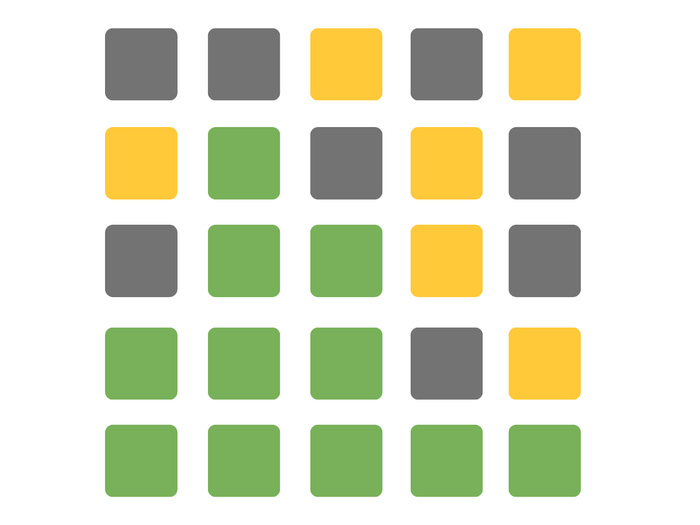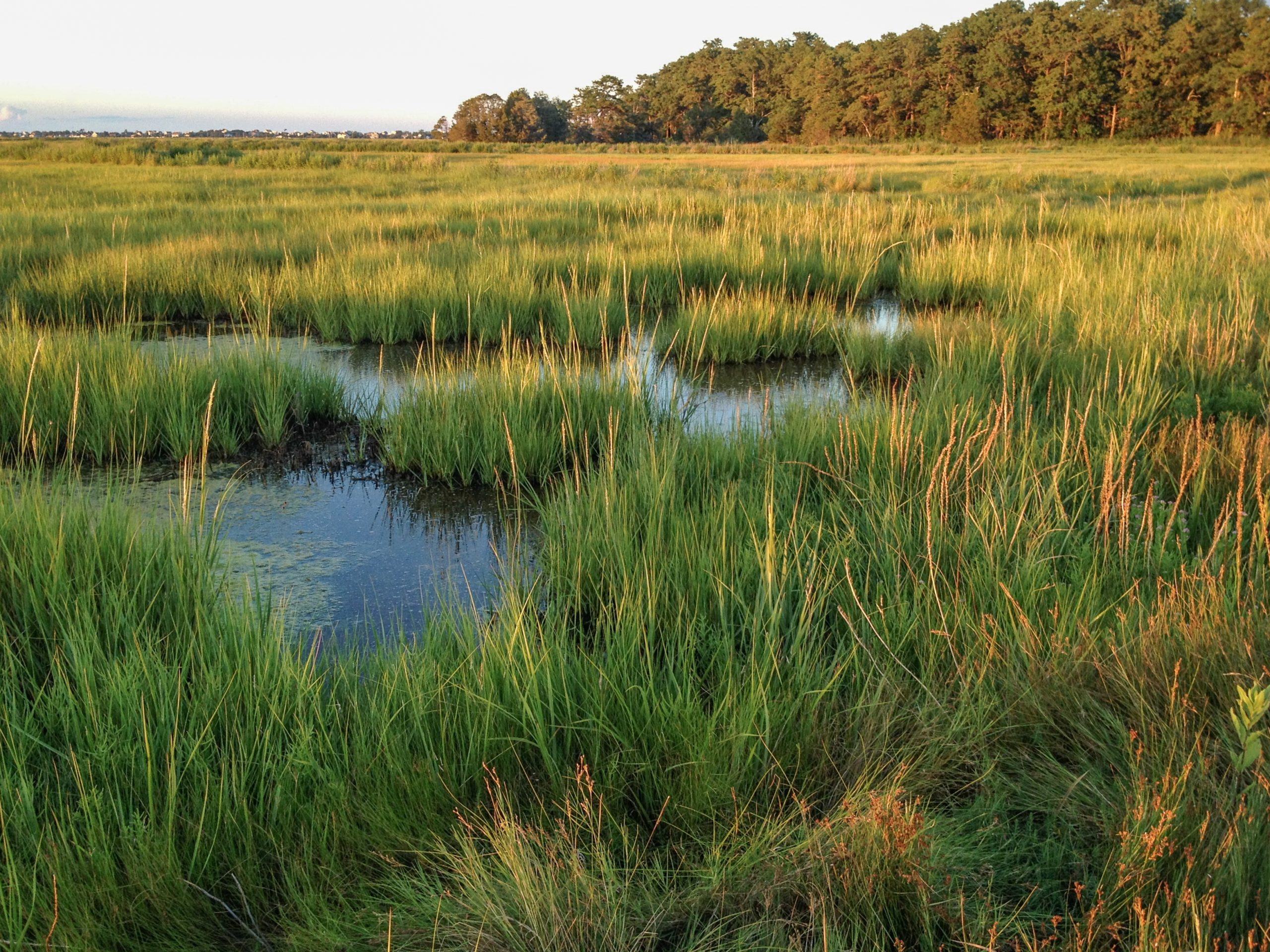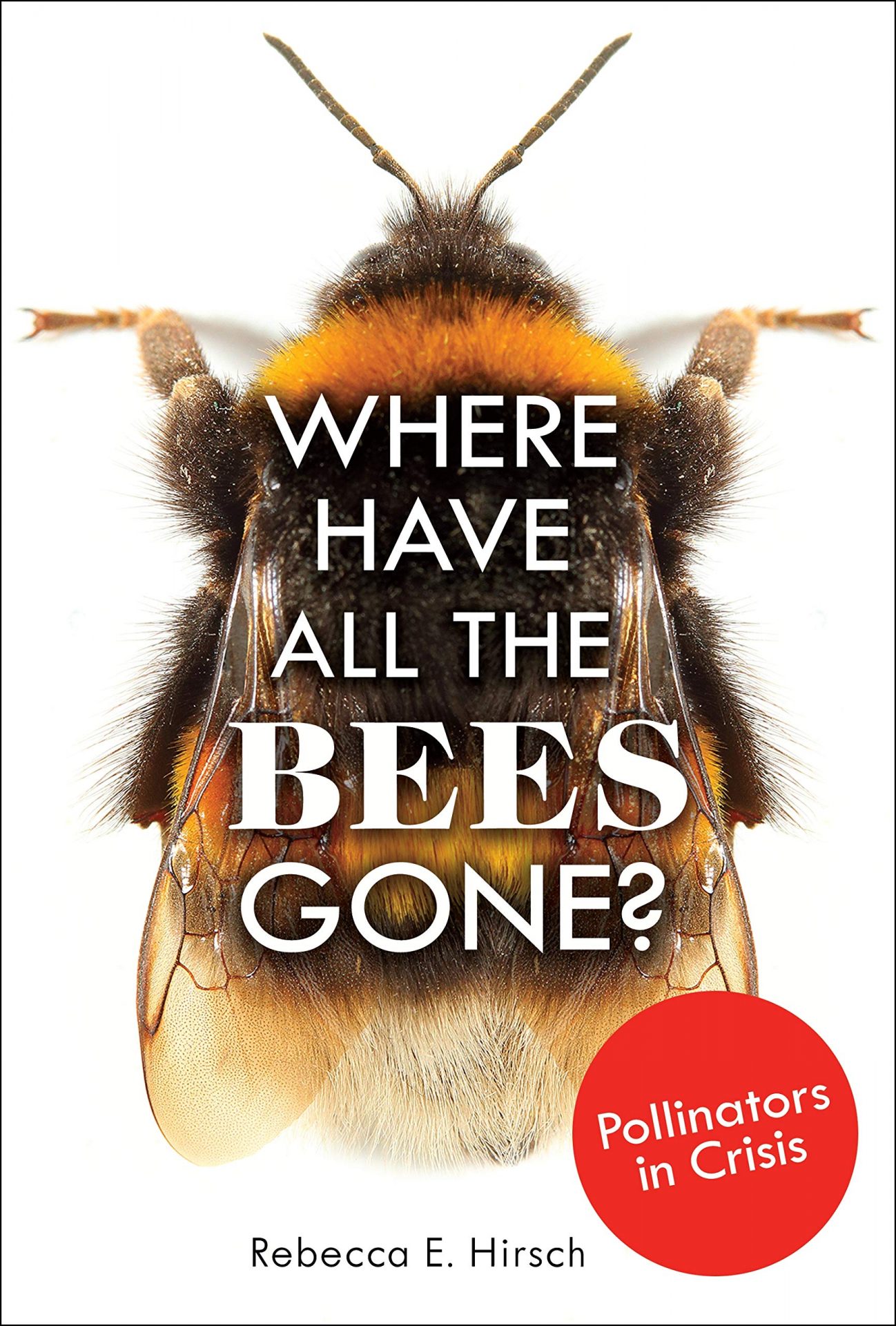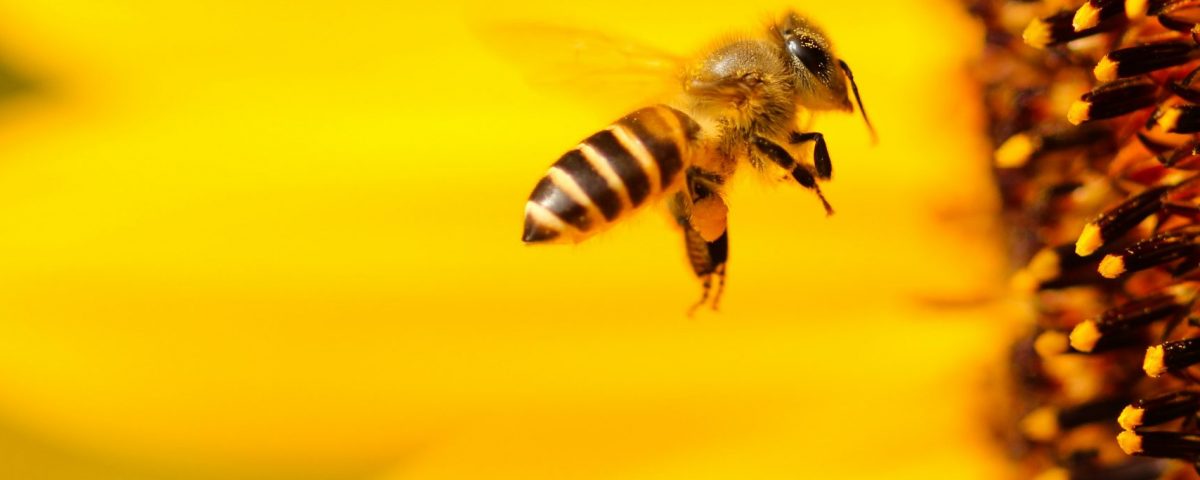
15 Ecology Words to Support Your Wordle Streak
April 15, 2022
Great Ecology Staff Elevated to New Roles
April 21, 2022
Where Have All the Bees Gone?
Author: Liz Clift
If you’re looking for ways to help engage middle and high school students in ecosystem-thinking, support better understanding of food systems, or facilitate discussions about how much we rely on pollinators for so many aspects of our existence, you might consider a copy of Where Have All the Bees Gone? (2020) by Rebecca E. Hirsch for your home, school, or classroom library.
This work of middle reader- to young adult nonfiction comes in at just about 100 pages, but will help expand conversations about bees, including what they look like, how they behave, the roles they play in our ecosystems and food systems, and what we can collectively and individually do to try and help curb the disappearance of bees.
Hirsch includes excerpts of interviews with people whose careers are dedicated to studying bees (and their disappearance), which may even spark interest in future college studies or careers—but more importantly, helps highlight the degree to which certain bee species seem to be disappearing or to have already disappeared.
Hirsh also highlights projects, including citizen science projects, in which people are out (virtually and physically) looking for bees, documenting bees, and identifying them—all in an attempt to better understand which bees are active at any given point during the seasons it is warm enough for them to find food, and how they’re behaving. For example, some bees previously only visited a certain kind of flower on a given day, which supported effective pollination—however, as Hirsch highlights, some of those same species of bees are now visiting multiple types of flowers per day, which can reduce effective pollination, since many plants can only be fertilized with the same type of pollen.
The book’s publishing details indicate that it’s geared for audiences in 9th to 12th grade, although this is precisely the type of book I’d have looked for in my middle school library if I knew then that nonfiction didn’t have to be deeply boring (which is definitely what I thought at the time!). It’s filled with richly colored photos of various types of bees, including some lovely photos from Sam Droege’s collection (he heads the US Geological Survey’s Native Bee Inventory and Monitoring Program, and makes his photos freely available online—you might have seen them before), the rusty patched bumblebee, and a very pollen-covered bee among others. In addition, Hirsch includes numerous sidebars which help break up each short chapter, add supplemental knowledge to support understanding, and offer interesting snippets that don’t necessarily fit into the main theme of the book, but still support awareness about the importance of bees.
I’d recommend this book to any teen who expressed interest in, or concern about, climate change, food systems, plants, pollinators, or the well-being of the planet.

